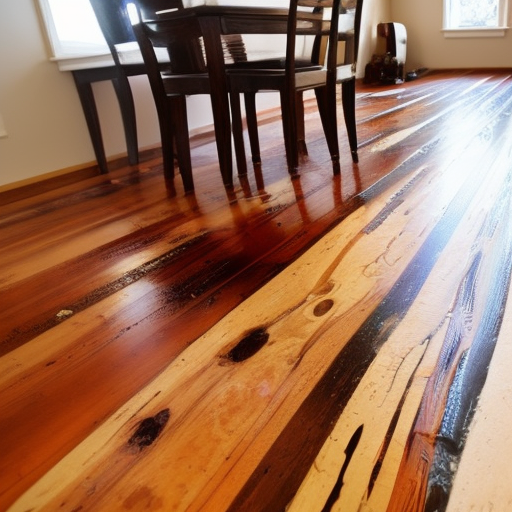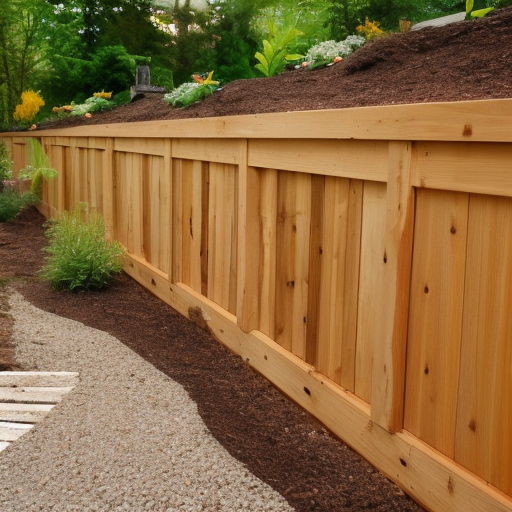how to trim an oak tree without killing it
As a homeowner, you may have an oak tree in your yard that provides shade, beauty, and a home for wildlife. However, over time, oak trees can become overgrown and require trimming to maintain their health and shape.
But how do you go about trimming an oak tree without causing harm or even killing it?
Don’t worry, it’s not as difficult as it may seem. With a little knowledge and the right tools, you can confidently trim your oak tree and keep it thriving for years to come.
Here’s a step-by-step guide on how to trim an oak tree without killing it:
1. Determine the Right Time to Trim
The best time to trim an oak tree is during its dormant season, which is typically from late fall to early spring. This is when the tree is not actively growing and is less susceptible to stress and disease.
Trimming during the growing season can cause the tree to bleed sap, leading to reduced vigor and potentially attracting insects and disease. It’s also important to avoid trimming an oak tree during times of drought, as the tree will already be under stress from the lack of water.
2. Choose the Right Tools
To trim an oak tree, you will need a few basic tools, including:
- Pruning shears: These are small, handheld scissors used for trimming small branches and twigs.
- Loppers: These are longer scissors with handles, allowing you to reach higher branches and cut thicker twigs and branches.
- Pruning saw: This is a saw with a curved blade used for cutting larger branches.
- Pole pruner: This is a pruning saw attached to a long pole, allowing you to reach higher branches without the use of a ladder.
It’s important to use the right tool for the job, as using the wrong tool can damage the tree or make the cutting process more difficult. For example, trying to cut a large branch with pruning shears will result in a rough, jagged cut that can leave the tree vulnerable to disease.
3. Make Proper Cuts
When trimming an oak tree, it’s important to make proper cuts to minimize damage and promote healing. Here are some general guidelines for making proper cuts:
- Cut branches at a slight angle, about a quarter inch above a bud or lateral branch. This allows for proper healing and prevents the formation of a “stub,” which can lead to decay.
- Avoid leaving a “stub” by cutting the branch as close to the trunk as possible without damaging the trunk or removing the branch collar (the swollen area where the branch meets the trunk).
- When cutting larger branches, use the “three-cut method” to avoid tearing the bark or damaging the trunk. First, make a small cut on the underside of the branch about a foot from the trunk. Next, make a larger cut a few inches further out on the branch, cutting about halfway through. Finally, make a final cut on the top of the branch just beyond the first cut, removing the branch completely.
4. Remove Dead or Diseased Branches
One of the main reasons for trimming an oak tree is to remove dead or diseased branches. These branches can harbor pests and diseases that can spread to healthy parts of the tree, so it’s important to remove them as soon as possible.
To identify dead or diseased branches, look for the following signs:
- Branches with no leaves or very few leaves
- Branches with a small amount of bark or no bark
- Branches with a diseased or abnormal
5. Prune for Shape and Size
In addition to removing dead or diseased branches, you may also want to trim your oak tree for shape and size. This can involve removing branches that are growing in the wrong direction, or cutting back branches that are too long or out of proportion with the rest of the tree.
When pruning for shape and size, it’s important to maintain the natural form of the tree. Avoid “topping” the tree, which involves cutting off the top of the tree to reduce its height. This practice can result in weak, unhealthy growth and an unsightly appearance.
Instead, try to maintain the tree’s natural form by pruning branches that are out of proportion or growing in the wrong direction. This will help the tree maintain a healthy, balanced shape.
6. Dispose of Debris Properly
After trimming your oak tree, you will likely have a pile of branches and twigs to dispose of. It’s important to dispose of these properly to prevent the spread of pests and diseases.
If the branches are small enough, you can add them to your compost pile. Otherwise, you can cut the branches into smaller pieces and add them to the compost, or you can dispose of them in your yard waste bin.
Conclusion
Trimming an oak tree can seem intimidating, but with the right knowledge and tools, you can confidently prune your tree and keep it healthy and beautiful. Just remember to trim during the dormant season, choose the right tools, make proper cuts, remove dead or diseased branches, prune for shape and size, and dispose of debris properly.
By following these steps, you can successfully trim your oak tree without killing it, ensuring that it will continue to provide shade, beauty, and a home for wildlife for years to come.






